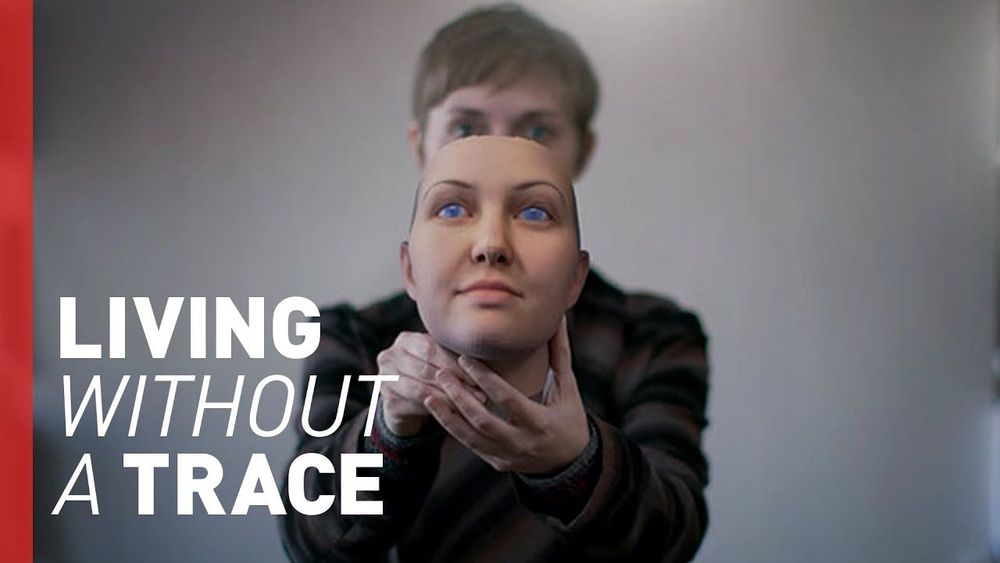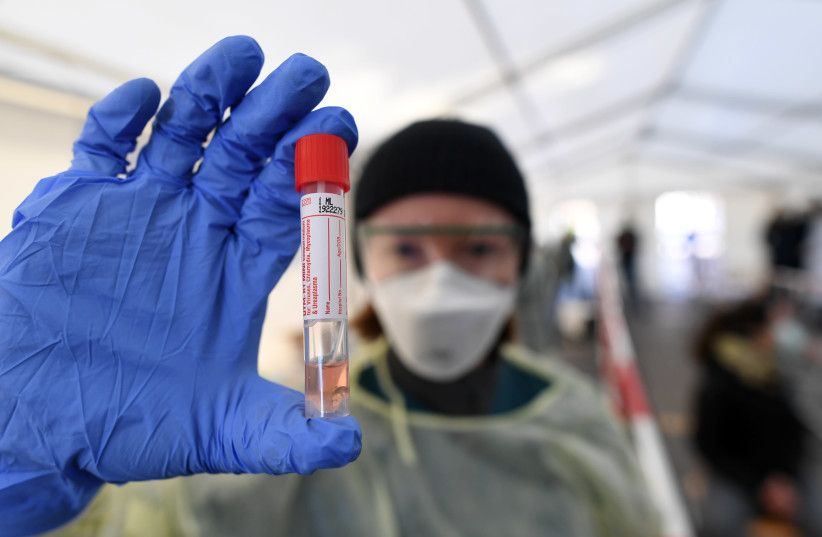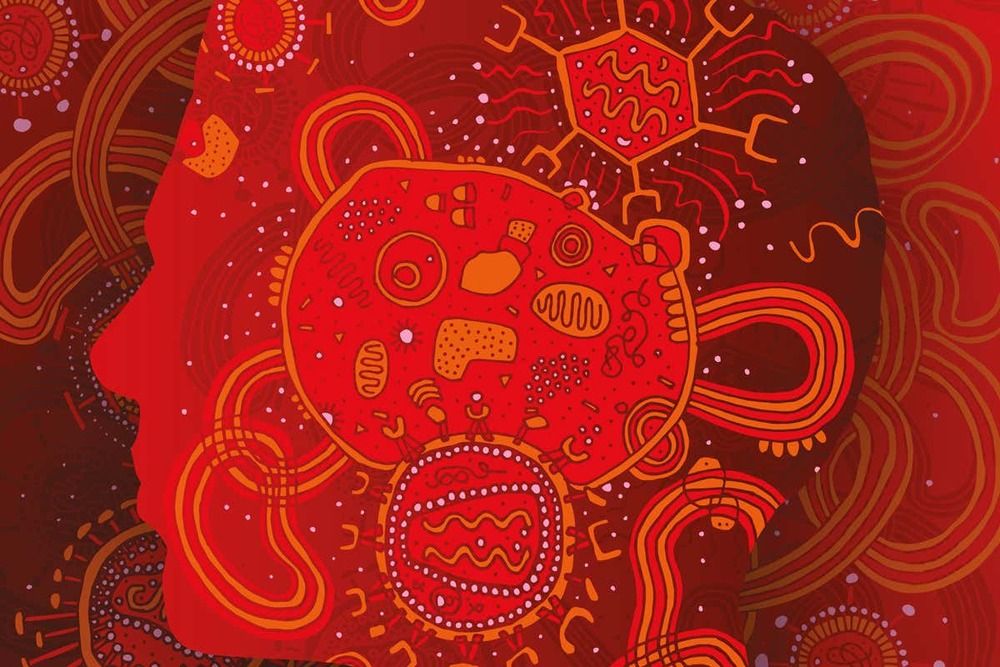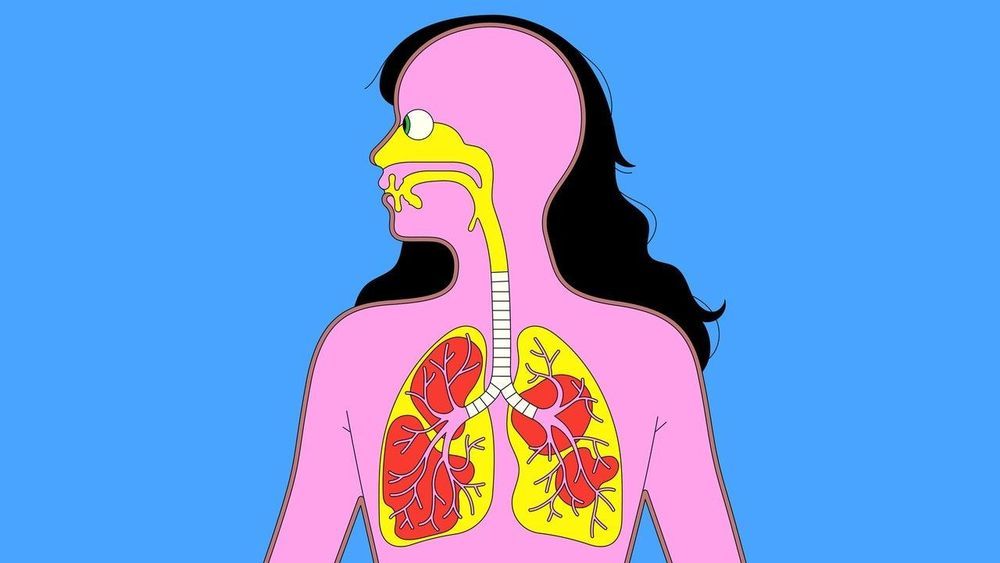Archive for the ‘biotech/medical’ category: Page 1589
Mar 29, 2020
Nuclear Proliferation Treaty Troubles Remain Unaddressed Amid a Global Pandemic
Posted by Quinn Sena in categories: biotech/medical, business, geopolitics, health, military, treaties
It is vital that would-be bombmakers be disabused of any notion that they could evade tough international sanctions. We need a country-neutral, reasonably predictable, more-or-less automatic sanction regime that puts all countries on notice, even friends of the powerful.
By Victor Gilinsky Henry Sokolski
Just as we’ve had to discard business-as-usual thinking to deal with the current worldwide health emergency; it’s time to get serious about the spread of nuclear weapons. It doesn’t have the immediacy of the coronavirus, but it will last a lot longer and is no less threatening. In particular, we need to fortify the Nuclear Nonproliferation Treaty (NPT), which is fifty years old this year and badly needs fixing. The April 2020 Review Conference will likely be postponed, which provides time to develop something more than the usual charade of incremental proposals that nibble at the problem.
Mar 29, 2020
Spread of COVID-19 begins to show pattern of 4–8 week eruption cycle
Posted by Kelvin Dafiaghor in category: biotech/medical
Analyzing the specific data of each country separately suggests that there is a light at the end of the tunnel – and that the tunnel is not that long.
Mar 28, 2020
Ancient viruses buried in our DNA may reawaken and cause illness
Posted by Quinn Sena in categories: biotech/medical, neuroscience
Stress or infection may prompt viruses hidden in our genome to stagger back to life, contributing to some cases of multiple sclerosis, diabetes and schizophrenia.
Mar 28, 2020
US Space Force launches first national security mission
Posted by Quinn Sena in categories: biotech/medical, security, space
The United Launch Alliance Atlas 5 rocket was launched from Cape Canaveral, Florida.
The launch was delayed by an hour due to a ground hydraulics issue.
The public viewing area was closed to the public due to the coronavirus pandemic.
Mar 28, 2020
Could areas of high Fluoride ingestion be more susceptible to Coronavirus outbreaks?
Posted by Omuterema Akhahenda in categories: biotech/medical, genetics, government
An interesting opinion:
The US Government Comparative Toxicogenomics database shows that Fluoride can inhibit Human immunity to viruses and pneumonia. Angiotensin I-Converting Enzyme (ACE), 2’-5’-Oligoadenylate Synthetase 1 (OAS1) and Intercellular Adhesion Molecule 1 (ICAM1) are included as susceptible epigenetic targets of the poison.
Read 3 answers by scientists with 1 recommendation from their colleagues to the question asked by Geoff Pain on Feb 4, 2020.
Mar 28, 2020
Erasing Your DNA | Freethink Coded
Posted by Quinn Sena in categories: biotech/medical, innovation

O„,.o yeah what about unauthorized clones o„,.o.
Heather Dewey-Hagborg never leaves a trace of herself anywhere. An artist and activist, Hagborg wants people to understand the hidden secrets in the DNA they leave behind everywhere they go — and what people can do with them. She developed a spray that can mask your DNA wherever it’s left. Hagborg understands that her spray could be used by criminals too, but she’s convinced that as technology develops, it will be an essential tool to preserving our safety and privacy.
Claims that the cure is worse than the disease rely on a false tradeoff between human needs and the economy.
Mar 28, 2020
We’re in the midst of a massive work-from-home experiment. What if it works?
Posted by Kelvin Dafiaghor in category: biotech/medical
In less than a week, many companies have scrambled to create remote-work practices and help their employees set up shop in their dining rooms and living rooms and bedrooms.
As someone who worked from my home office pre-COVID-19 and who is part of a league of professionals who shout about the benefits of remote work from every rooftop I can find, it’s been interesting following this shift.
While much of the news today is scary, I’ve found a silver thread of hope in this pandemic: What if this is our chance to prove remote work, well, works?
Mar 28, 2020
From Bats to Human Lungs, the Evolution of a Coronavirus
Posted by Nicholi Avery in categories: biotech/medical, evolution, genetics
There are endless viruses in our midst, made either of RNA or DNA viruses, which exist in much greater abundance around the planet, are capable of causing systemic diseases that are endemic, latent, and persistent—like the herpes viruses (which includes chicken pox), hepatitis B, and the papilloma viruses that cause cancer. “DNA viruses are the ones that live with us and stay with us,” Denison said. “They’re lifelong.” Retroviruses, like H.I.V., have RNA in their genomes but behave like DNA viruses in the host. RNA viruses, on the other hand, have simpler structures and mutate rapidly. “Viruses mutate quickly, and they can retain advantageous traits,” Epstein told me. “A virus that’s more promiscuous, more generalist, that can inhabit and propagate in lots of other hosts ultimately has a better chance of surviving.” They also tend to cause epidemics—such as measles, Ebola, Zika, and a raft of respiratory infections, including influenza and coronaviruses. Paul Turner, a Rachel Carson professor of ecology and evolutionary biology at Yale University, told me, “They’re the ones that surprise us the most and do the most damage.”
Scientists discovered the coronavirus family in the nineteen-fifties, while peering through early electron microscopes at samples taken from chickens suffering from infectious bronchitis. The coronavirus’s RNA, its genetic code, is swathed in three different kinds of proteins, one of which decorates the virus’s surface with mushroom-like spikes, giving the virus the eponymous appearance of a crown. Scientists found other coronaviruses that caused disease in pigs and cows, and then, in the mid-nineteen-sixties, two more that caused a common cold in people. (Later, widespread screening identified two more human coronaviruses, responsible for colds.) These four common-cold viruses might have come, long ago, from animals, but they are now entirely human viruses, responsible for fifteen to thirty per cent of the seasonal colds in a given year. We are their natural reservoir, just as bats are the natural reservoir for hundreds of other coronaviruses. But, since they did not seem to cause severe disease, they were mostly ignored. In 2003, a conference for nidovirales (the taxonomic order under which coronaviruses fall) was nearly cancelled, due to lack of interest. Then SARS emerged, leaping from bats to civets to people. The conference sold out.
SARS is closely related to the new virus we currently face. Whereas common-cold coronaviruses tend to infect only the upper respiratory tract (mainly the nose and throat), making them highly contagious, SARS primarily infects the lower respiratory system (the lungs), and therefore causes a much more lethal disease, with a fatality rate of approximately ten per cent. (MERS, which emerged in Saudi Arabia, in 2012, and was transmitted from bats to camels to people, also caused severe disease in the lower respiratory system, with a thirty-seven per cent fatality rate.) SARS-CoV-2 behaves like a monstrous mutant hybrid of all the human coronaviruses that came before it. It can infect and replicate throughout our airways. “That’s why it is so bad,” Stanley Perlman, a professor of microbiology and immunology who has been studying coronaviruses for more than three decades, told me. “It has the lower-respiratory severity of SARS and MERS coronaviruses, and the transmissibility of cold coronaviruses.”

















